How to store zucchini?
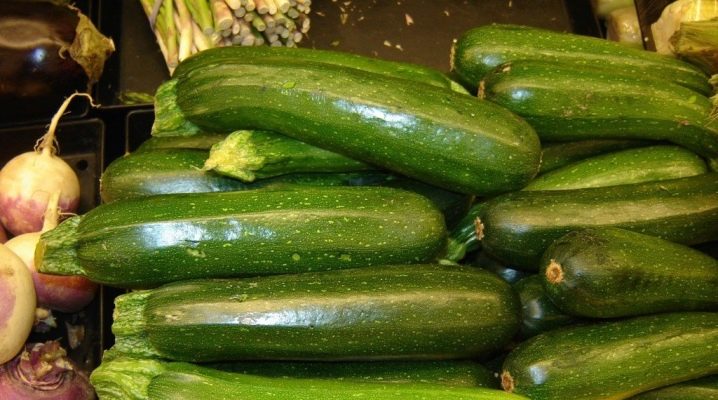
If you create suitable conditions for zucchini, then you will be able to enjoy these healthy vegetables for up to six months. The main thing is to properly prepare the fruits, and then do not forget about the required temperature and humidity level.

Preparation
An important part of preparing vegetables for storage is their timely harvesting from the beds. You will have to keep up with the cold weather, otherwise the fruits will freeze and will not be able to be stored for a long time. Do not forget that overripe zucchini will also not work, so it is better to focus only on ripe specimens.
It is possible to determine whether the zucchini is ready for picking by its appearance: the fruit should have a characteristic color, have a hard peel and make a dull sound when tapped. Ripe vegetables are cut when the stalks are soft.
Young zucchini will not withstand long-term storage, so they are either eaten immediately, or processed into blanks or frozen, being cut into pieces.
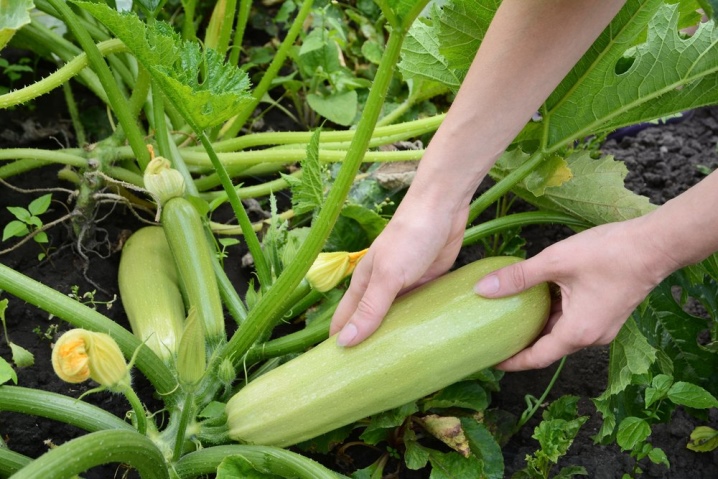
The procedure is always carried out in good weather, that is, a sunny day without precipitation... The gardener will have to choose healthy fruits from 20 to 45 centimeters long, devoid of any damage and outwardly corresponding to the description of the variety. Cutting vegetables should be carried out with a well-sharpened tool: a knife or pruner. In no case should they be torn off by twisting the stalk. It is important to make an even cut with a tail, the length of which is at least 5 centimeters. Since the stratification of the stalk activates putrefactive processes, it makes sense to lower it for a while in heated paraffin or liquid wax, or treat it with ash, crushed chalk or activated carbon.
Vegetables are not allowed to be washed, but if soil is available it can be cleaned with a dry cloth... Selected zucchini are left for some time in the fresh air to obtain a denser skin. On a rainy day, you will have to dry them in a warm space, not forgetting to regularly turn over. During work, remember that mechanical damage, as well as excessive shortening of the stalk, will lead to the fact that the shelf life of vegetables will decrease.
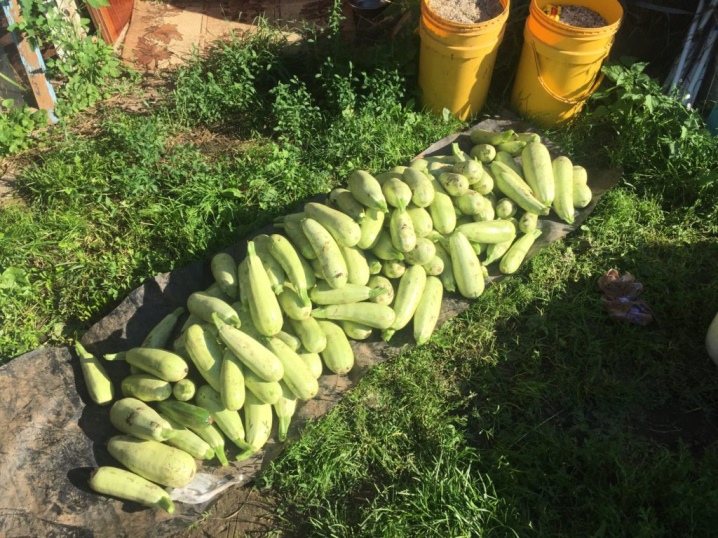
The necessary conditions
Zucchini are kept fresh for as long as possible at temperatures from +4 to +10 degrees, as well as at a humidity level that does not go beyond 80-85%. In principle, an increase in the temperature range of up to 20-22 degrees is allowed, as well as a decrease in humidity up to 75%. The fruits must be in complete darkness. Vegetables, on the one hand, require regular ventilation, but on the other hand, they should not be exposed to drafts. It is important to remember that cooling down to -1 degrees can cause irreparable harm to zucchini, and when the humidity rises, they will begin to rot.
We must not forget that the fruits do not tolerate well not only the neighborhood with other vegetables, but also contact with each other. They should not be wrapped in plastic bags or wrapped in plastic wrap.
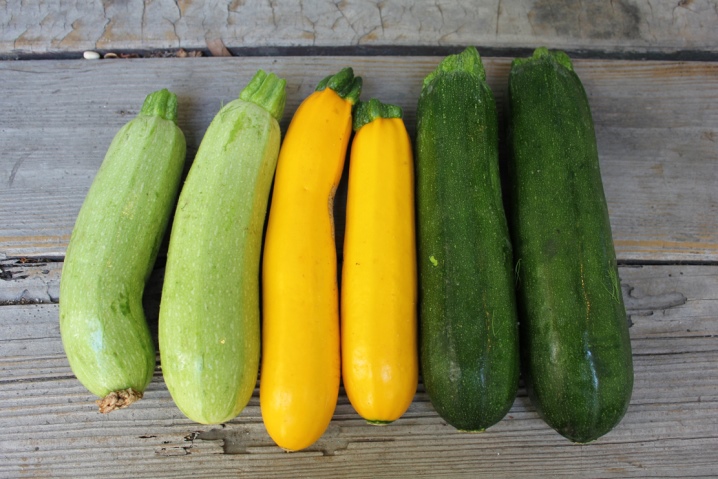
The ways
It is possible to keep the zucchini fresh until spring in different conditions.
In the basement and cellar
The basement and cellar allow you to preserve the harvested crop for a long time. The fruits will be correctly arranged at a short distance from each other on shelves covered with straw, or they will be placed individually in nets or stockings fixed to the ceiling.It is also possible to tie the stalks with strong threads and simply fasten the zucchini to a bar or rope. Small fruits are allowed to be tied in pairs. The copies placed on the racks are recommended to be turned over every 7-10 days. We must not forget that an increase in humidity in the cellar will lead to the fact that the zucchini will begin to rot.
If the zucchini are laid out in boxes, then the inner space is necessarily delimited by cardboard walls or even sheets of newspaper so that individual copies do not touch each other. It is also effective to sprinkle the crop with sawdust or sand. You do not need to cover these containers. When a large number of copies are to be removed for storage, each will need to be wrapped in paper so that several layers can be formed. Straw-lined boxes and boxes are placed either on the floor or on the bottom shelf of the rack.
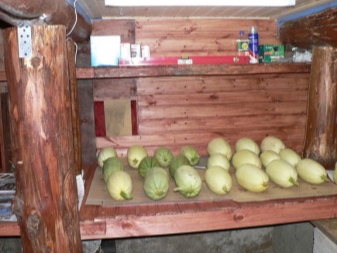
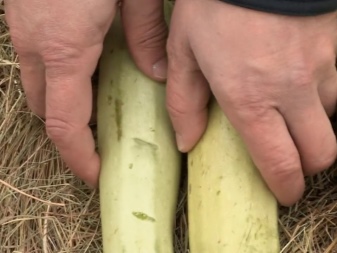
At home
If space permits, then it will be possible to place the harvested crop just at home. In this case, the boxes are filled with fruits so that the stalks are looking up. In principle, they can touch each other, although cardboard partitions will not be superfluous. It is important that the boxes have holes and are lined with paper from the inside. They are exhibited in those areas of the apartment where the temperature does not go beyond the boundaries of plus 18 - 22 degrees, and it is possible to maintain constant darkness. In such conditions, vegetables can stay for about 2-3 months, so it is quite possible to keep them until winter.
It is better to put a box with zucchini near the front or balcony door, hide it in a closet or closet, but always away from the battery. A good solution would be to pre-wrap each copy in paper or place it in a paper bag. If the crop is placed on an insulated loggia, then it must be hidden under a cover that protects from sunlight. In case of severe cold snap in winter, it is better to bring containers into the apartment.
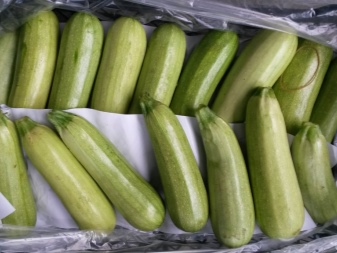
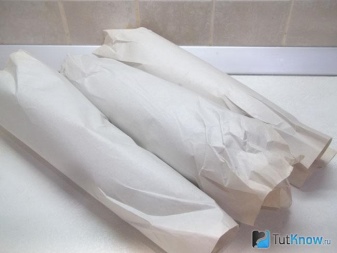
In the fridge or freezer
Zucchini can be stored in the refrigerator for only 2-3 weeks. In this case, the fruits are placed in paper or cellophane bags, in which holes are pierced in advance for ventilation. Further, the crop is harvested into the compartment intended for this, and there should not be any other vegetables or fruits in it. The temperature in the refrigerator should not drop below +4 degrees, and the humidity, on the contrary, should be maintained at 86%.
If it is decided to keep the crop in the freezer, then it will have to be prepared in a slightly different way. First of all, the zucchini does not need to be warmed up in the sun, but, on the contrary, it will have to be washed. Next, the vegetables are cut into cubes or circles of the required size and, being laid out on a board or pallet, are sent to freeze. After an hour, spent at a temperature of -18 degrees, they are removed outside, laid out in bags with zip-fasteners or plastic containers with lids and put back into the cold. After shock treatment, the temperature can be increased to -10 degrees. Zucchini, ideally, should only be used ripe, since young ones after defrosting have the worst flavor characteristics and structure. Frozen fruits are allowed to be stored for 12 months.
It should also be mentioned that it is possible to preserve a healthy vegetable with the help of preservation. Slices, caviar or other blanks are stored at a temperature that is kept within the range of plus 10-15 degrees. Their preservation is maintained for 9-12 months.
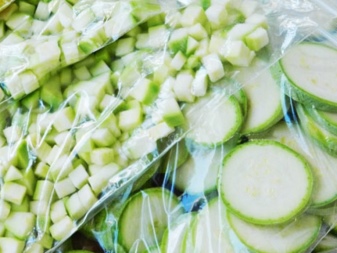
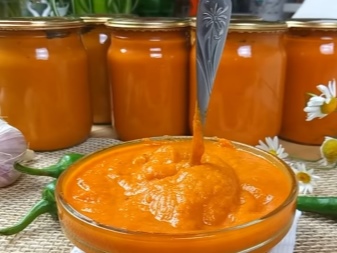
Long shelf life varieties
In order to store zucchini for a long time, initially those varieties should be planted, among the advantages of which good keeping quality is indicated. It is best to use mid-ripening and late-ripening varieties, among them:
- "The festival";
- "Aeronaut";
- "Yellow-fruited";
- "Gold Cup".
For example, the duration of storage of dark green fruits of "Aeronaut" is 4 months, and "Zheltoplodny" is stored for a month less. Having given preference to the "Festival" variety, it will be possible to enjoy the harvested crop for 6 months.
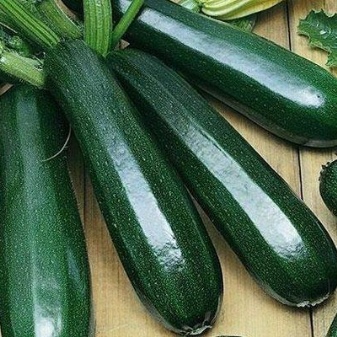
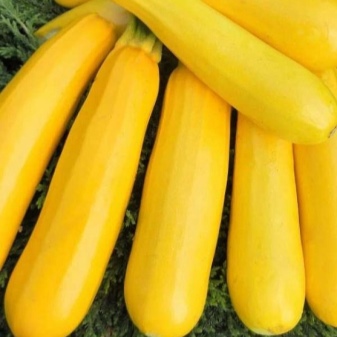
Capable of long-term storage of zucchini of the following varieties:
- "Zolotinka";
- "Zebra";
- "Skvorushka";
- "Multi-storey".
Some gardeners adhere to the point of view that it is best to preserve fruits with a whitish peel - "Anchor", "Sosnovsky" or "Belogor"... So, "Yakor" will retain its freshness for a whole month, without losing in its taste characteristics. It should also be mentioned that one of the best keeping quality is the Arlika variety, whose zucchini retain their freshness for 8 months.
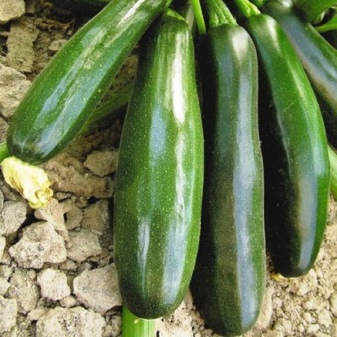
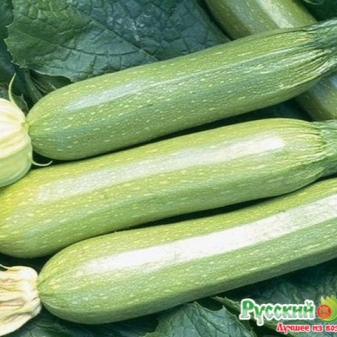
You can also pay attention to the following varieties:
- "Negro";
- "Gribovsky";
- "Arlika";
- "Marquis";
- "Tristan";
- "Diamond".
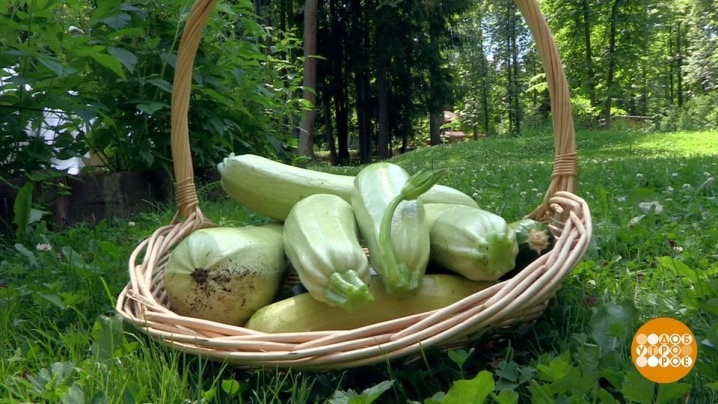
Possible problems
If frozen zucchini is bitter, then perhaps the reason lies in unpeeled seeds with a center or insufficient irrigation even at the stage of growing the culture. As a preventive measure, the fruit can be doused with boiling water before freezing or blanched for 2-3 minutes in water with the addition of citric acid. Next, the vegetable is cut in portions, dried and distributed in tightly closed bags.
To avoid rotting vegetables stored in storage, it is recommended to check them every couple of weeks.... The spoiled specimen is immediately separated from the rest and thrown away until the putrefactive processes have spread to its "neighbors".
The fact that the zucchini is spoiling is indicated by dark specks covering the peel, mucus and watery deposits, as well as a general deformation of the fetus.














The comment was sent successfully.